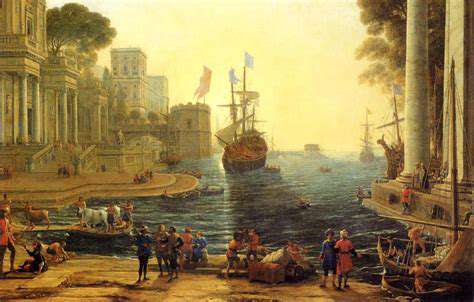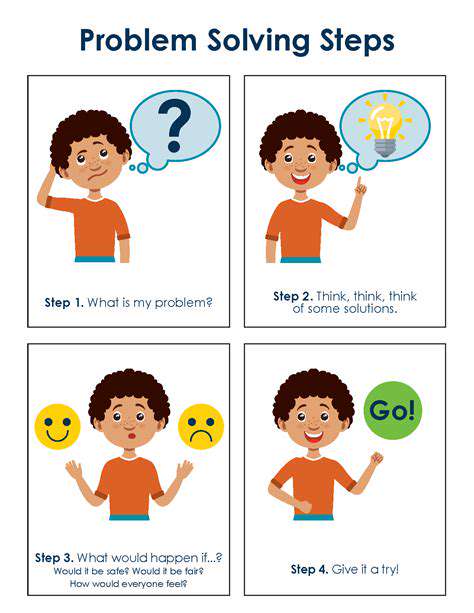Taking a Pottery Workshop in Morocco [Cultural Experience]
Crafting Your Own Unique Moroccan Souvenirs
Unveiling the Art of Moroccan Pottery
Moroccan pottery offers a window into centuries of artistic tradition. The distinctive geometric patterns and vibrant colors tell stories of cultural exchange across North Africa. What appears as simple decoration often encodes complex mathematical principles and spiritual symbolism. Learning these traditions firsthand from master artisans provides insights no museum display can match.
Regional variations reveal Morocco's diverse cultural influences. Fez's famous blue pottery reflects Andalusian heritage, while Safi's green-glazed pieces demonstrate Berber traditions. Understanding these distinctions enriches both appreciation and practice of this living art form.
Beyond the Basics: Exploring Advanced Techniques
Moving beyond introductory skills, serious students explore intricate zellij tilework or the precise brushwork of calligraphic decoration. These advanced techniques demand not just manual dexterity but deep cultural understanding. The rhythm of traditional designs often follows poetic meters, while color choices frequently reference natural dyes used for generations.
Experimentation within these traditional frameworks yields exciting results. Contemporary Moroccan artists increasingly blend age-old methods with modern sensibilities, creating pieces that honor heritage while speaking to current audiences.
Embracing Creativity and Personalization
While respecting tradition, personal expression remains vital. Students might adapt classic motifs to reflect their own experiences, or combine techniques in innovative ways. The most successful pieces balance technical mastery with individual vision.
This creative process often becomes meditative. The repetitive motions of coil-building or the focused attention required for precise decoration can induce a flow state where time seems suspended. Many find this aspect as rewarding as the finished products themselves.
The Cultural Significance of Moroccan Pottery
Beyond aesthetics, traditional pottery served practical roles in Moroccan life - water jars designed to keep contents cool, tagines optimized for slow cooking. This marriage of form and function demonstrates the ingenuity of traditional craftspeople. Understanding these practical considerations informs more authentic contemporary interpretations.
Symbolism permeates even utilitarian pieces. Common motifs like the hand of Fatima or intricate knotwork carry protective meanings, while color choices often indicate a piece's intended use or the status of its owner.
Creating Lasting Memories through Handmade Souvenirs
The value of handmade souvenirs lies not just in their physical form, but in the memories they embody. Each imperfection - the slight unevenness of a hand-thrown rim, the organic variation in hand-painted designs - tells the story of its creation. These flaws become cherished features, proof of human hands at work.
The Perfect Gift: Unique and Meaningful Souvenirs
In an age of mass production, handmade pottery carries special significance as gifts. The time invested in learning techniques, the care taken in creation, and the cultural knowledge embedded in each piece convey respect for both recipient and tradition. These aren't just objects - they're tangible connections between people and places.
The most meaningful souvenirs often spark conversations about their origins. A beautifully glazed bowl becomes an opportunity to share stories of Moroccan markets, patient teachers, and the thrill of creating something with one's own hands.
Beyond the Workshop: Connecting with the Local Community

Beyond the Walls of the Workshop: Fostering Continued Learning
While workshops provide concentrated learning, true skill development happens through sustained practice. Establishing regular creative routines proves more valuable than any single intensive session. This might mean setting up a home studio space or finding local studios offering open workshop hours.
The most dedicated practitioners treat their craft as a lifelong journey rather than a destination. They recognize that mastery isn't about perfection, but about constant growth and discovery. This mindset transforms occasional hobby into enduring passion.
Cultivating a Network of Support
Creative communities provide invaluable support beyond technical instruction. Local pottery guilds, online forums, and artist collectives offer opportunities for feedback, collaboration, and mutual encouragement. These connections often lead to unexpected creative breakthroughs.
Mentorship relationships prove particularly valuable. An experienced potter can offer nuanced advice that addresses both technical challenges and the emotional aspects of creative work. These relationships often evolve into lasting professional friendships.
Harnessing the Power of Online Resources
The digital age offers unprecedented access to global pottery traditions. Video tutorials allow close study of techniques from Japanese raku to Peruvian pit firing. Online marketplaces connect makers with specialized materials previously inaccessible outside major artistic centers.
Virtual museum collections and artist websites provide endless inspiration. Following contemporary ceramicists on social media creates a constantly refreshing feed of innovative approaches and emerging trends.
Implementing Strategies for Lifelong Learning
Intentional learning plans prevent skill plateaus. This might involve setting annual technique goals, scheduling regular workshops with different instructors, or systematically working through challenging projects. A structured approach ensures continuous progress rather than random dabbling.
Documenting progress through photos, notes, or even keeping early pieces for comparison makes growth visible. This tangible evidence of improvement provides motivation during inevitable periods of frustration or creative block.
Embracing Feedback and Seeking Mentorship
Constructive criticism accelerates improvement far more than solitary practice. Seeking feedback requires vulnerability but yields disproportionate rewards. Local pottery groups often organize critique sessions where members present work for group discussion.
When seeking mentors, specificity helps. Rather than asking generally for guidance, identify particular skills or knowledge gaps. This focused approach respects the mentor's time while maximizing the value of interactions.
Applying Knowledge in Practical Settings
Skill development needs real-world application. This might mean participating in local art fairs, consigning work to galleries, or creating functional pieces for personal use. Each public presentation of work builds confidence and provides valuable audience feedback.
Teaching others, even informally, consolidates one's own understanding. Explaining techniques to beginners often reveals gaps in one's own knowledge, highlighting areas needing further study.
Adapting to a Changing Landscape
The ceramics world continually evolves - new materials, technologies, and aesthetic trends emerge regularly. Staying current requires active engagement with the field through publications, exhibitions, and professional organizations.
Environmental concerns increasingly influence ceramic practices. Many artists now explore sustainable alternatives to traditional materials and processes, proving that innovation and tradition can productively coexist.





![How to Pack a Carry On Only [Minimalist Guide]](/static/images/27/2025-05/AccessoriesandDocuments3AKeepingitCompactandOrganized.jpg)





